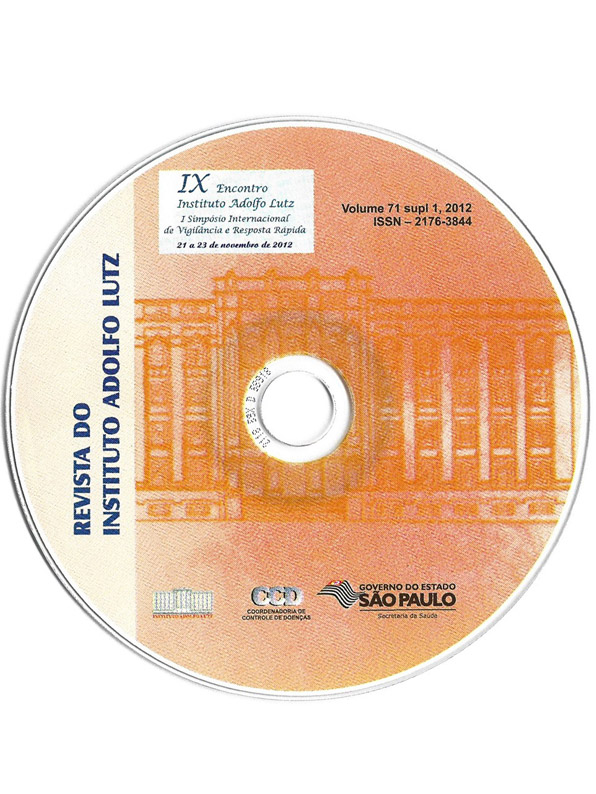Abstract
INTRODUCTION – In contrast to many other vaccines, influenza vaccines are frequently updated so as tobe most effective against newly evolving human influenza viruses that are likely to circulate in the following influenza season. Nowadays in addition the preventable measure by influenza virus vaccine campaign, antiviral drugs against reinforce the control and treatment of influenza. Facing the benefits provide by both strategies monitoring influenza strains is the key for its successfully utilization. OBJECTIVE – To identify influenza virus circulation in the population towards cooperates with timely influenza virus variants detection and influenza virus strains selection to vaccine production. MATERIAL AND METHODS –Surveillance was conducted in 17 sites distributed among southeast, centre east, north and northeast regions of Brazil. Patients enrolled with influenza like illness provide nasopharyngeal swabs, and basic clinical data was collected on a standard form provide by Ministry of health of Brazil. During January - August 2012 influenza season a total of 5655 throat swabs specimens were sent to Institute Adolfo Lutz towards cooperate with National Influenza Surveillance Network. The specimens were first tested by real time – reverse transcription polymerase chain reaction (rRT – PCR) by using the standard CDC protocol for (rRT – PCR). All specimens from sentinel sites positive by rRT – PCR were selected for virus isolation in MDCK cells. RESULTS – Among the 5655 samples analysed , 426 (7,53) were identified as influenz a A(H1N1) pdm09, 371 (6,56) influenza A(H3N2), 43 (0,76) influenza B. Other respiratory viruses identified: 177 (3,12)RSV; 20 (0,35) ADV; 17 PF (0,30). Influenza viruses were antigencially characterized as: an A/California/7/2009 (H1N1)pdm09-like virus; an A/Perth/16/2009 A(H3N2)-like virus; a B/Brisbane/60/2008-like virus. CONCLUSION – Influenza virus surveillance season 2012 shows the match between circulating viruses and WHO vaccine composition to be used in the South Hemisphere during influenza season 2012.

This work is licensed under a Creative Commons Attribution 4.0 International License.
Copyright (c) 2012 Instituto Adolfo Lutz Journal
